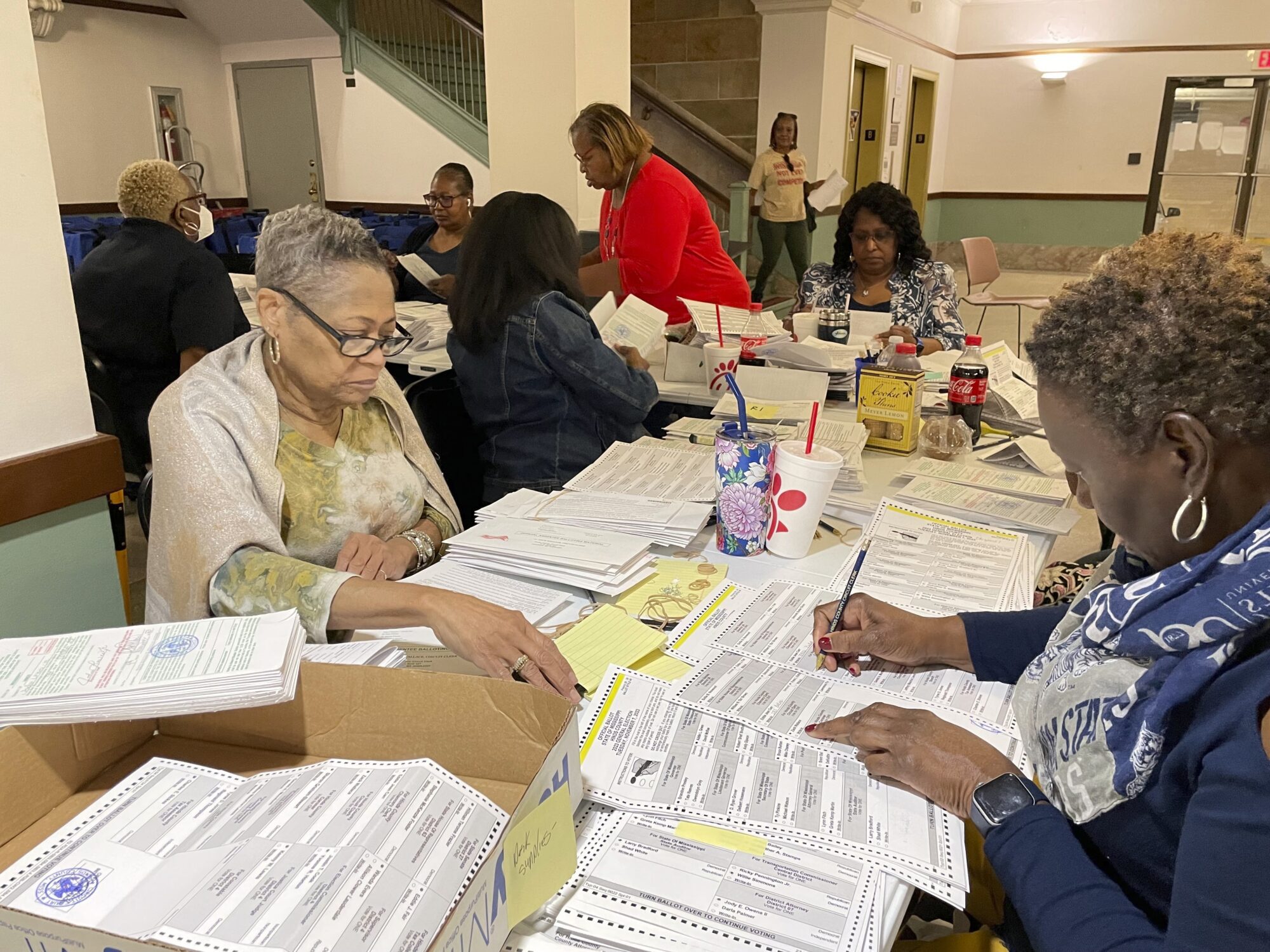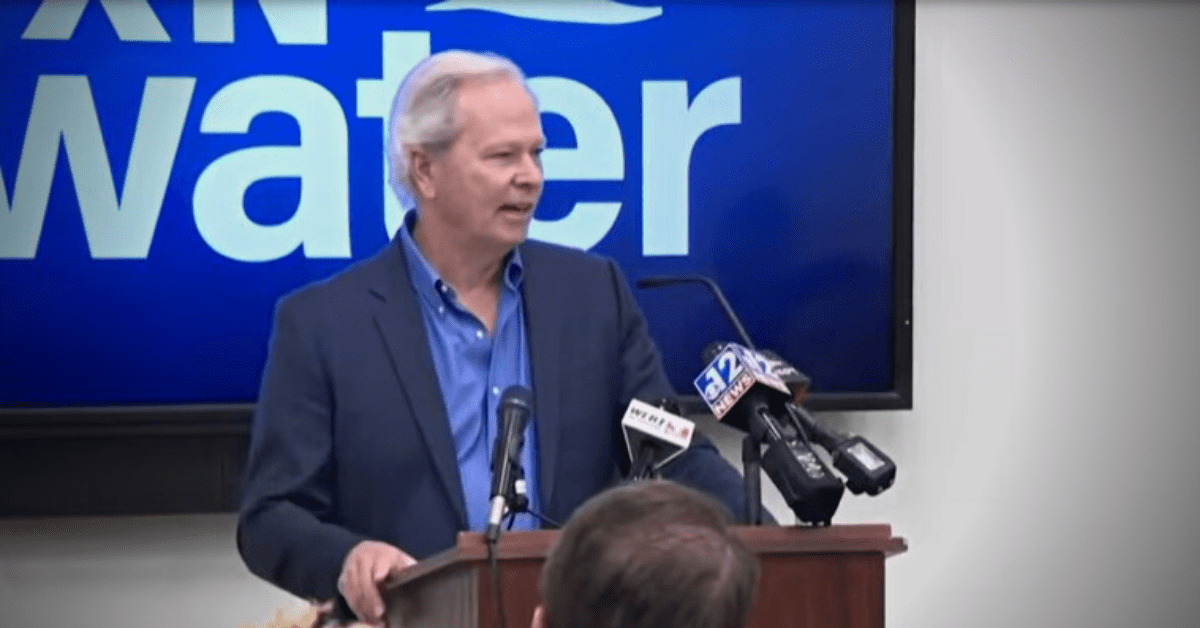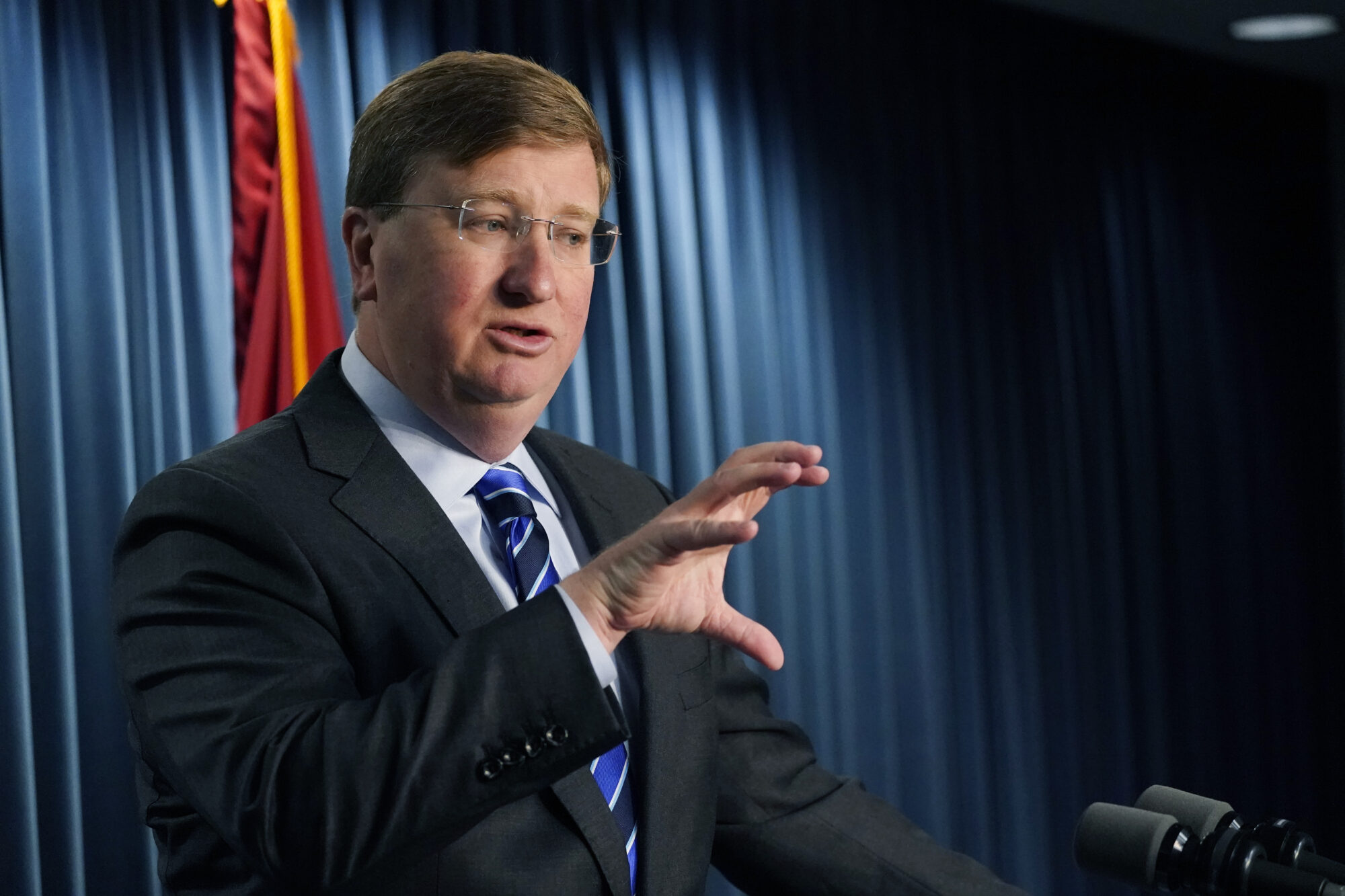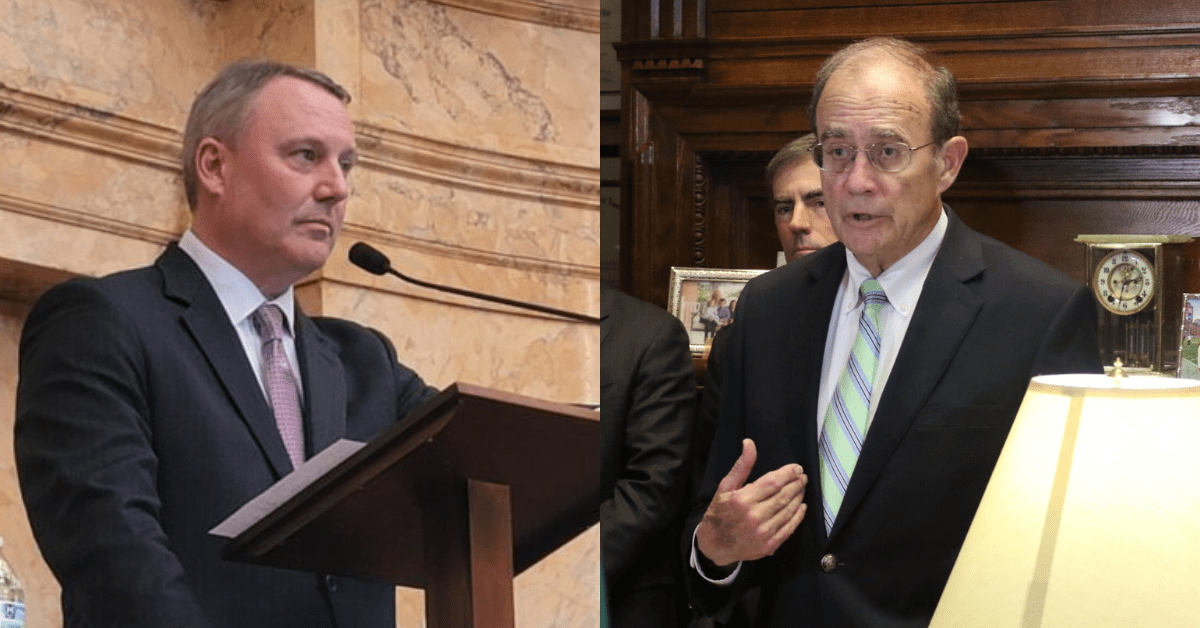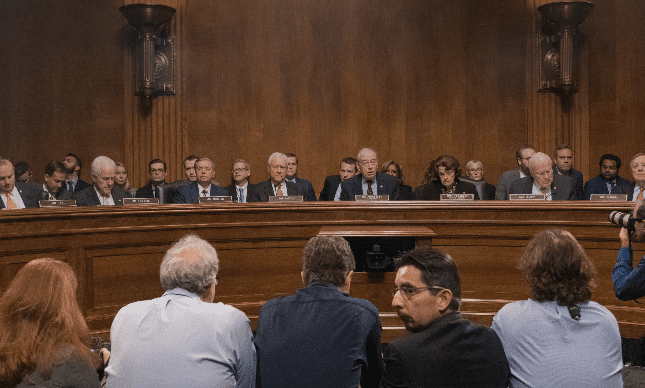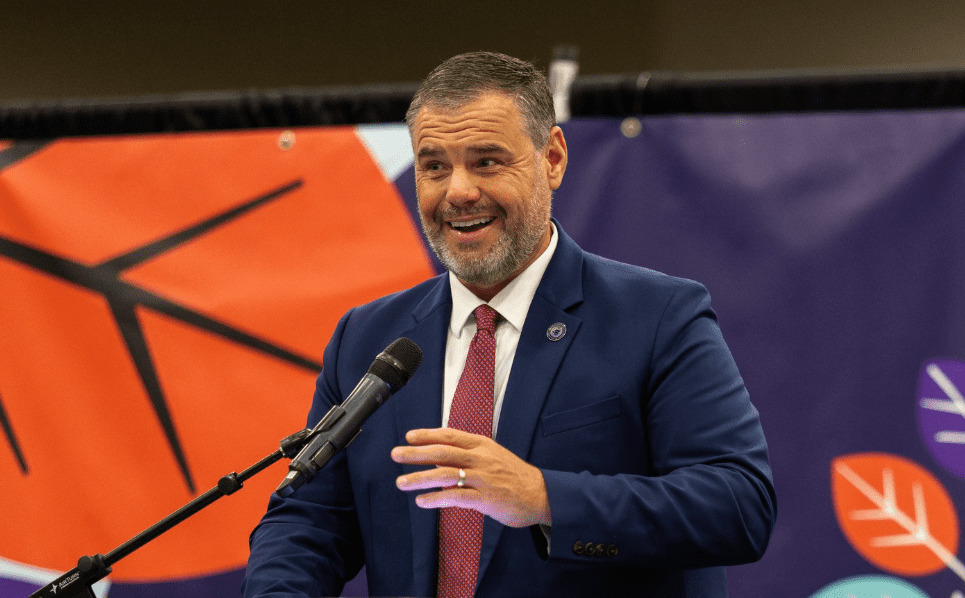
(Photo from Shutterstock)
- New auto tariffs mean Mississippians can expect to pay between $2,000 to $12,000 more per new vehicle, says Marty Milstead, president of the Mississippi Automobile Dealers Association.
The long-term impact of the Trump administration’s tariffs on automobiles and automotive parts is uncertain, but industry insiders say Mississippi will feel the weight of those decisions whether purchasing a car or simply being a weekend mechanic.
Both the manufacturing and sales sides of the industry will be affected by the tariffs. On April 3rd, 25 percent tariffs on imported automobiles took effect. A month later, on May 3rd, a 25 percent tariff on automotive parts followed.
Domestic car makers have already told consumers to expect an increase in prices and are bracing for corporate losses. General Motors, the maker of Chevrolet, expects a loss of $4-5 billion in 2025 due to tariffs. Ford expects the impact of a full year of gross tariffs to cost $1.5 billion.
Mississippians can expect to pay between $2,000 to $12,000 more per new vehicle, says Marty Milstead, president of the Mississippi Automobile Dealers Association.
But the tariffs’ calculation and impact on consumers is complicated and rapidly changing.
Timeline on Relevant Tariffs:
- March 12, 2025: The U.S. imposed a 25% tariff on raw steel and aluminum and steel and aluminum products, including automotive parts.
- April 2, 2025: President Donald Trump announced “Liberation Day” with country-specific “reciprocal tariffs.” Exempted products manufactured in Canada and Mexico that complied with USMCA trade deal negotiated in first Trump term.
- April 3, 2025: The U.S. imposed an automotive-specific tariff of 25% on vehicles imported into the United States.
- April 9, 2025: President Trump paused the announced “reciprocal tariffs” for 90 days, but left in place a 10% baseline tariff on every country except China.
- April 29, 2025: President Trump enters new Executive Order clarifying that tariffs on imported automobiles should not be “stacked,” creates a 3.75 percent “import adjustment offset,” and provides a tariff exemption on imported parts used in American manufacturing if at least 85 percent of the vehicle is comprised of American parts.
- May 3, 2025: A 25% tariff on imported auto parts takes effect.
Americans bought more than 16 million cars, SUVs and light trucks in 2024. Nearly half were imported.
Similarly, more than half the parts used in assembling cars in U.S. auto plants are imported, according to the government. However, not all parts will be charged at that 25 percent tariff rate. There are numerous exceptions.
One exception is on parts from neighboring countries – Canada and Mexico. Suppliers who pay their employees $16 or more per hour qualify as “compliant” with the U.S.-Mexico-Canada Agreement, a trade deal signed by Trump in his first term. This means nearly all parts coming from Canada are exempt, but hardly any from Mexico.
What does this mean for Mississippians?
“It’s complicated,” Milstead said of the tariffs, adding that the situation is evolving.
As for the variance in price increases projected, Milstead explained, “It depends on where the vehicle is manufactured.”
He said there is no such thing as an American car now. Since the 1990s, automakers have considered North America as one market. That means moving parts repeatedly across borders between the U.S., Canada and Mexico with relatively few, if any, tariffs, Milstead said.
In a recent Executive Order, the White House clarified that tariffs on vehicles would not be “stacked.” This means that instead of adding up separate country-specific tariffs, the automotive tariffs, and the separate metal tariffs, only one rate would be applied in most cases.
The Executive Order also exempted parts imported by car manufacturers if at least 85 of the vehicle was comprised of American-made parts. Finally, it offered manufacturers an import adjustment rebate for one year of 3.75 percent.
“We just wanted to help them during this little transition, short term,” Trump told reporters. “We didn’t want to penalize them.”
If a Mississippian is in the market to purchase a new Ford F-150 or Chevy Suburban, they can expect to pay more right now. Milstead said prices are already heading north in anticipation of the tariffs’ impact.
Drivers, he said, may keep their current cars for a few more years, which could mean salespeople sitting at their desks instead of on the showroom floor talking about torque, power trains and automatic transmissions.
Data supplied by the Mississippi Automobile Dealers Association shows the 215 dealerships in the state account for $8.7 billion in sales and create more than 19,000 jobs, including 8,708 direct jobs and 10,617 indirect and induced jobs.
Mississippi receives a hefty portion of taxes from the industry, the trade group found. In 2024, the industry paid nearly $460 million in sales taxes and $166 million in state and federal income taxes on $583 million in payroll.
For Jackson resident Brock Johnson, the tariffs are worrisome. He would like to finance a new car this summer, but with interest rates and tariffs, he might be driving his high-mileage 2013 Honda Civic a bit longer.
“I’d like to get a new SUV, but now I think I’ll hold off or look for a good used one,” the 33-year-old tech worker said.
But even used cars are expected to be impacted by the tariffs, thanks to the economic rule of supply and demand. Milstead expects some car buyers to look at used instead of new. With supply being high, the used car prices will also increase, he said.
“You’re already seeing [used car] prices going up,” Milstead said.
However, he said cars will always be a vital part of Mississippians’ daily life. With growing families and lack of public transportation, residents of the Magnolia State will need vehicles to get to work, shop for groceries, and go to church.
“Cars are an essential need in Mississippi,” he continued.
